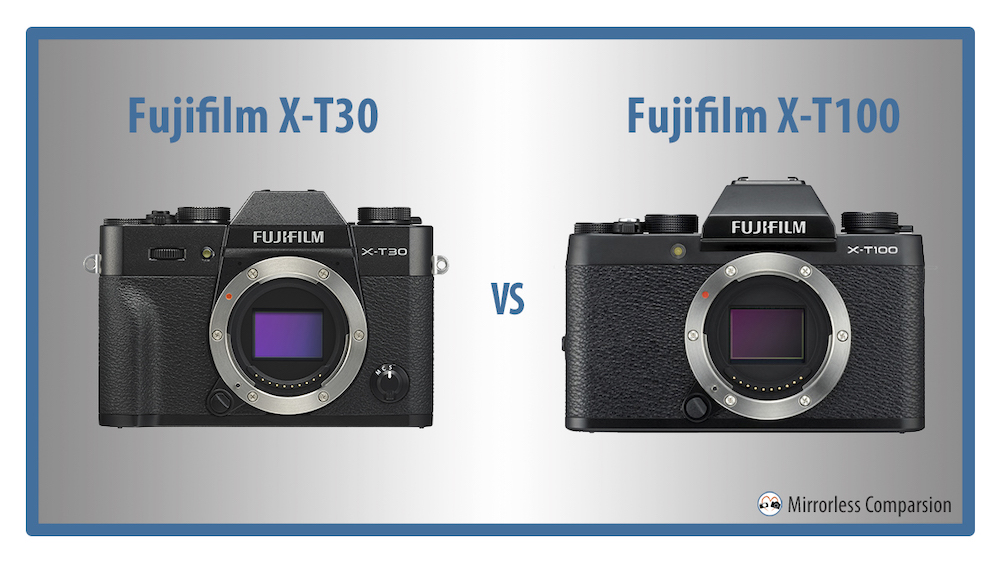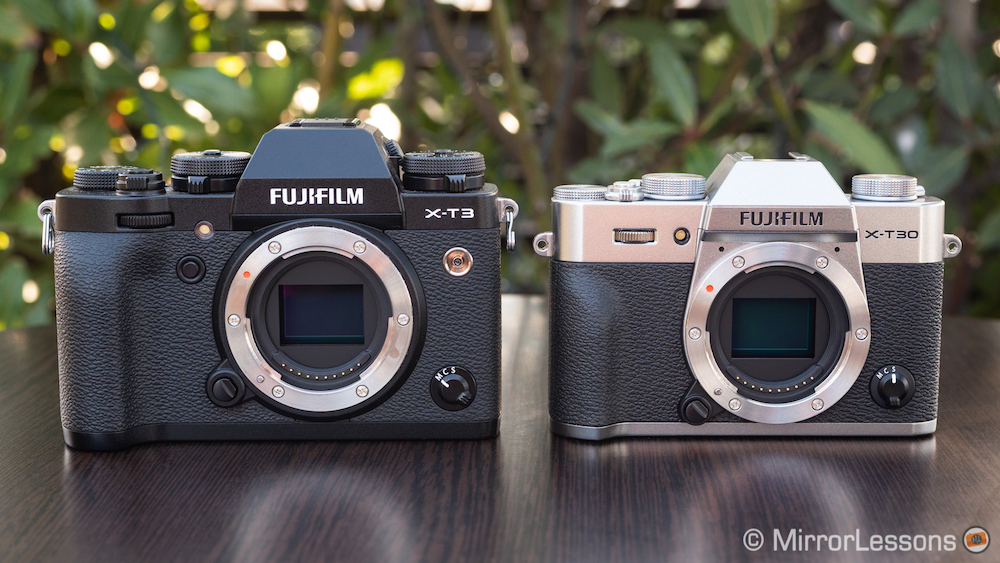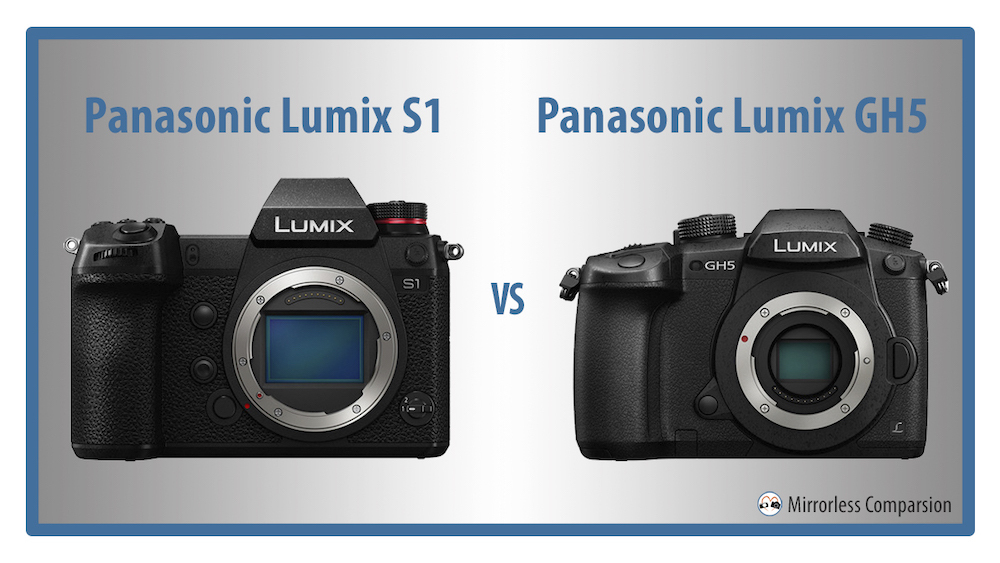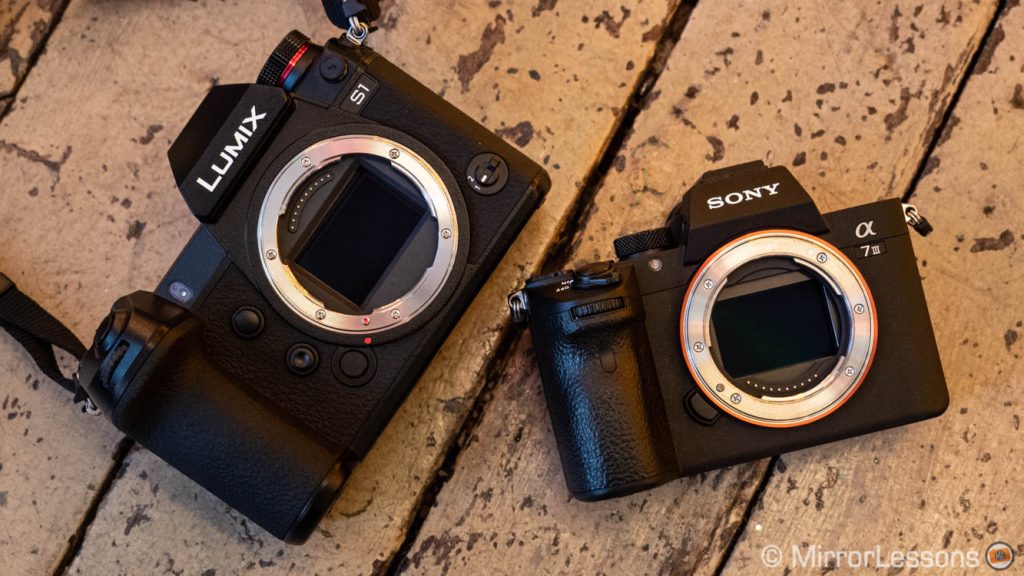Back in 2014, the X-T1 catapulted Fujifilm to success on the consumer market. Not only was it the first X Series camera to seriously target advanced users, but it also inaugurated the popular X-T line-up which now consists of seven models that target different types of users.
In this preview, we’re going to be looking at how two of the less expensive X-T cameras compare. One is the recently announced X-T30, which is classified as a mid-range model, and the second is the latest entry-level model, the X-T100.





